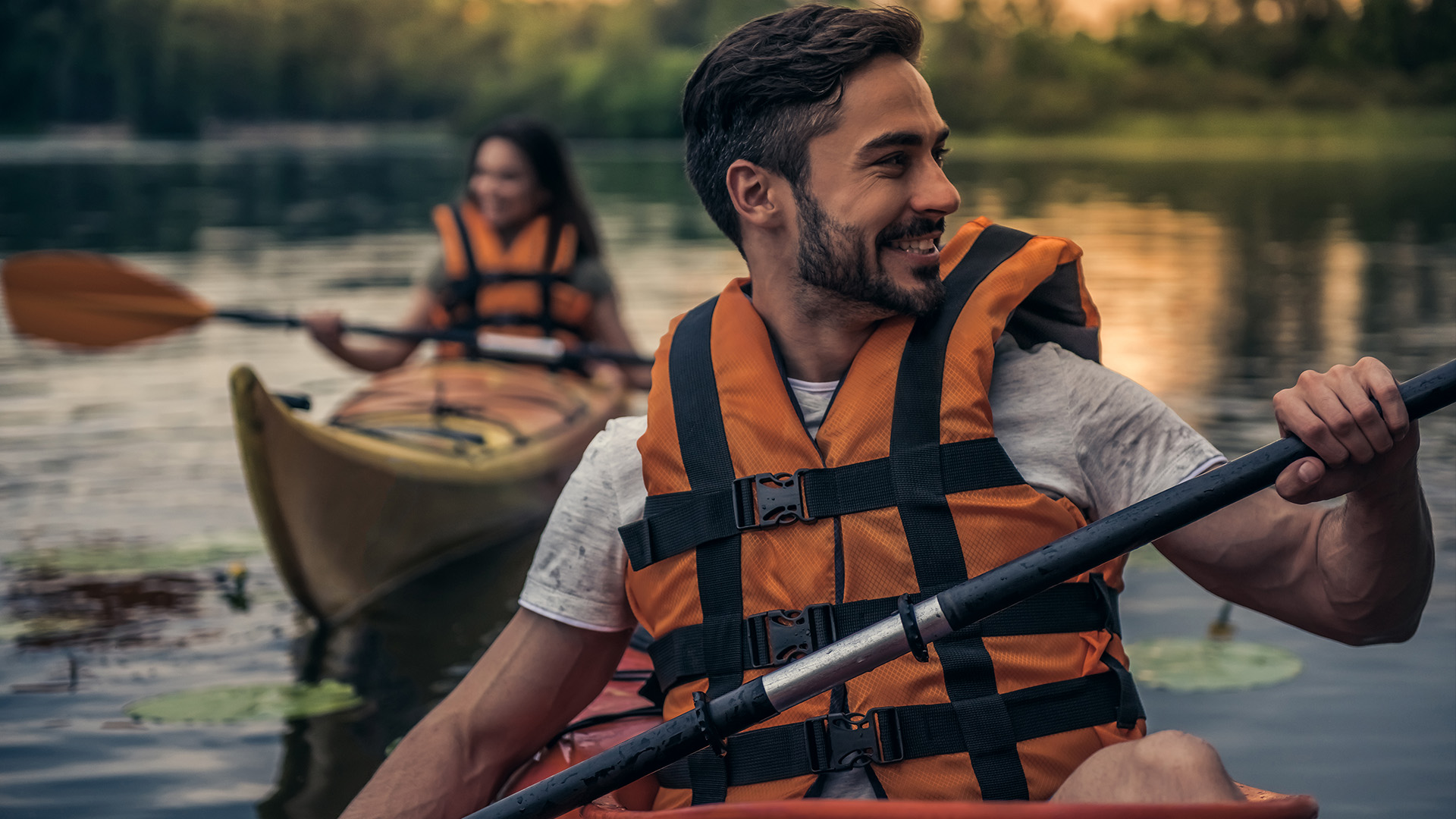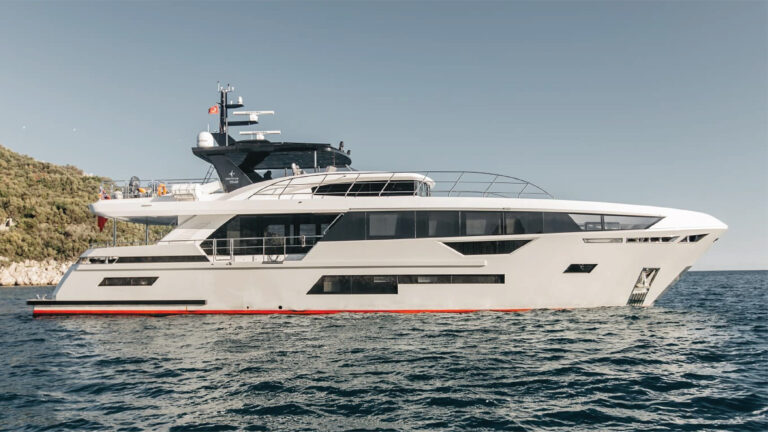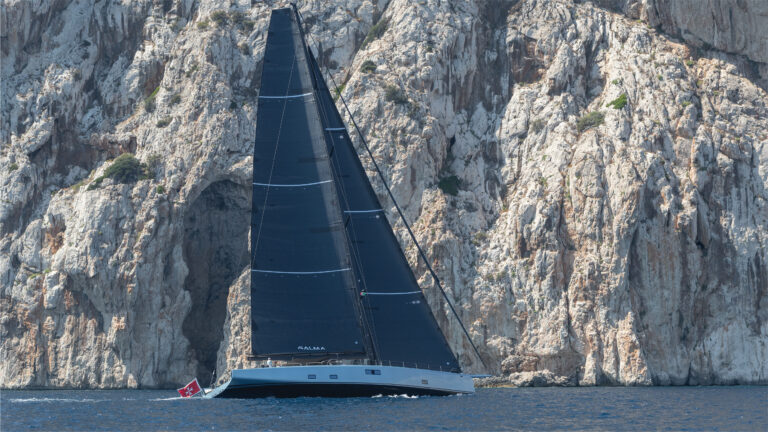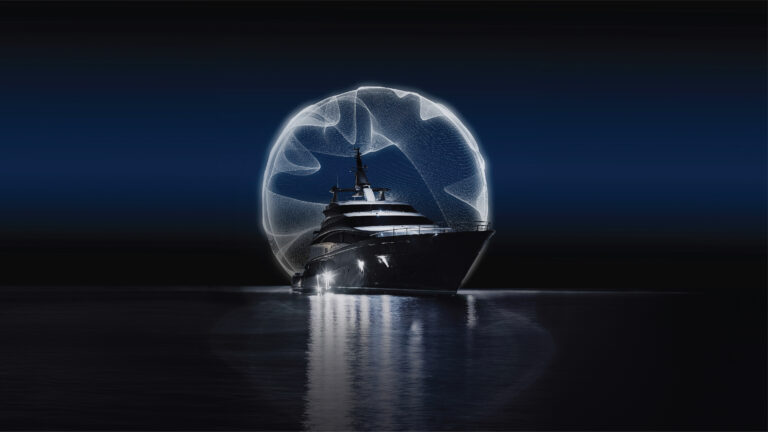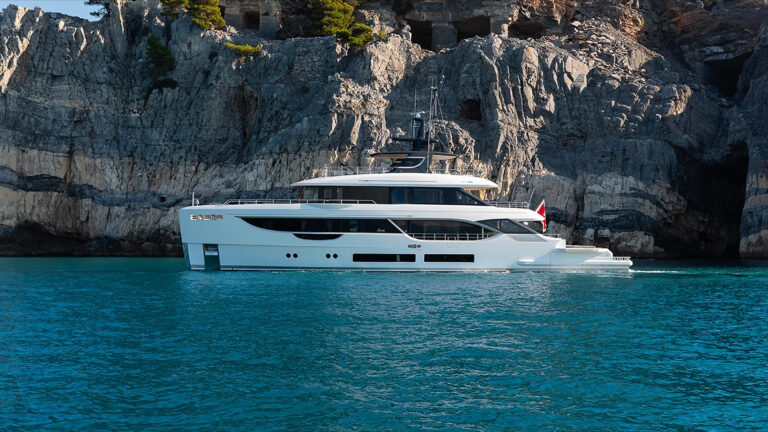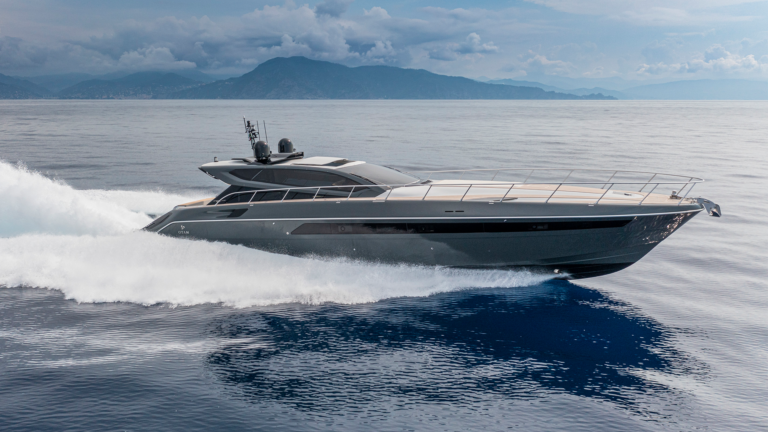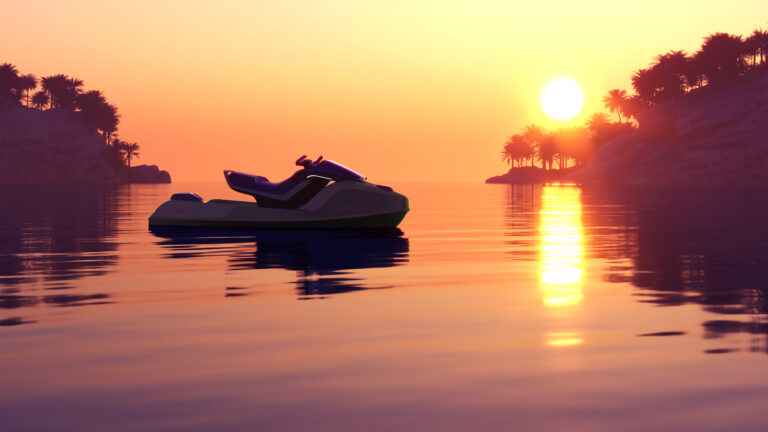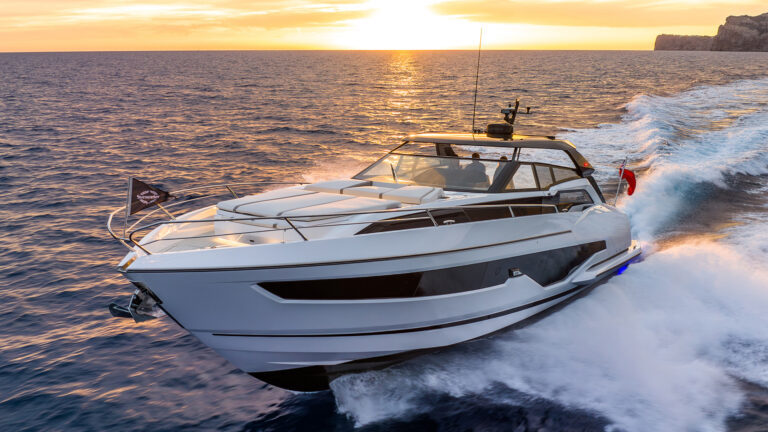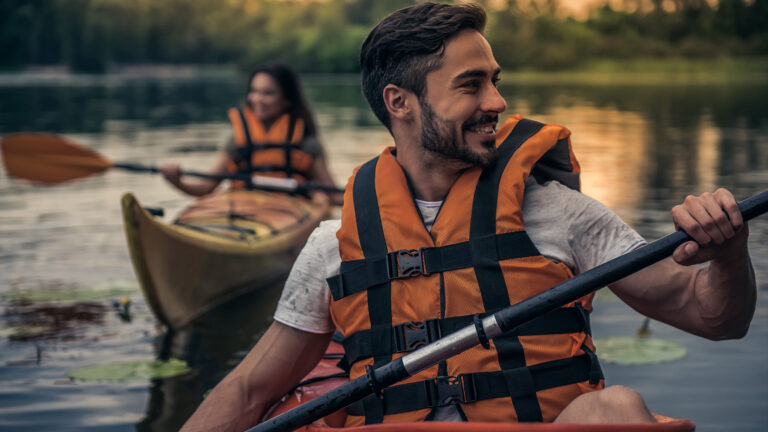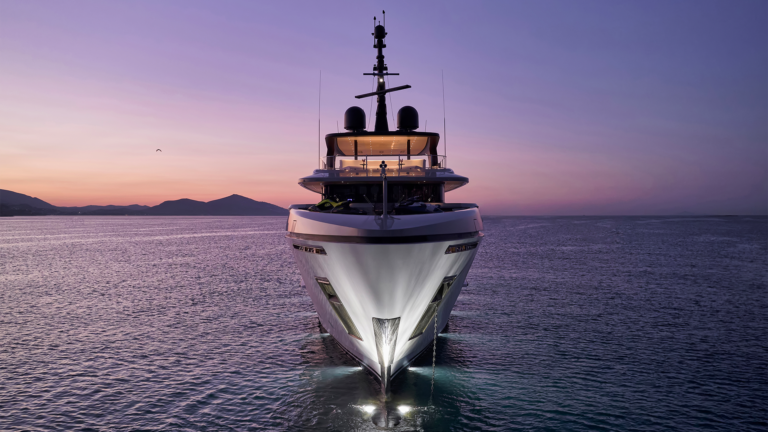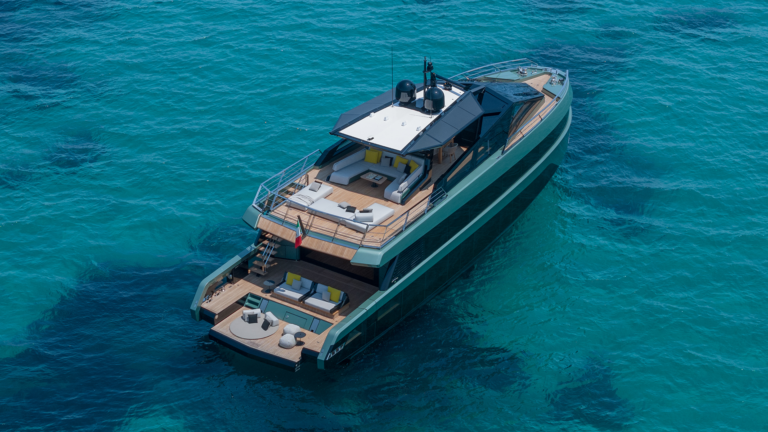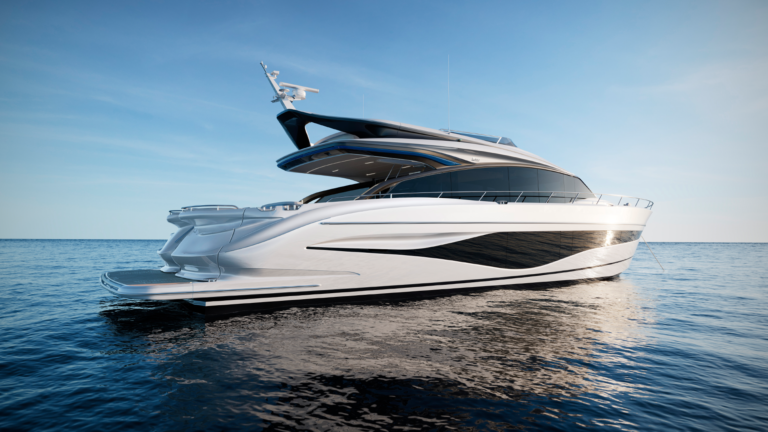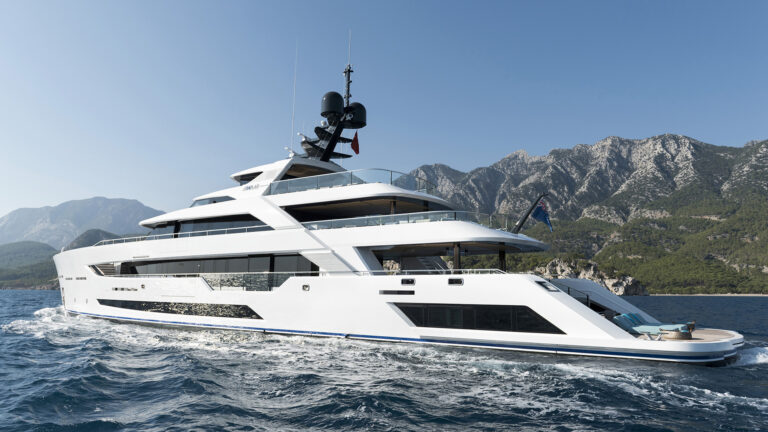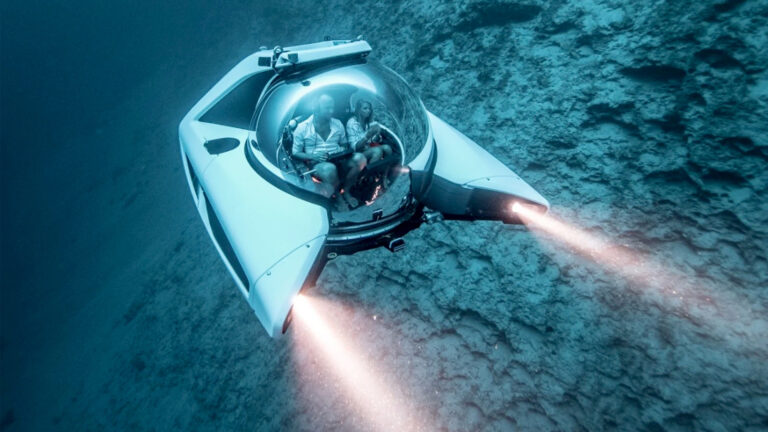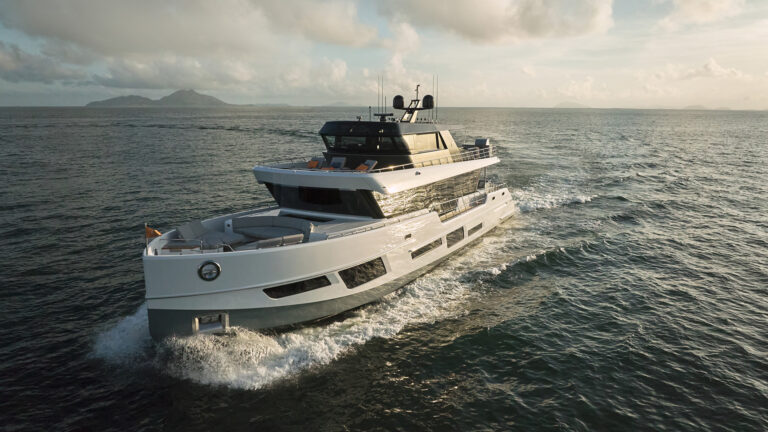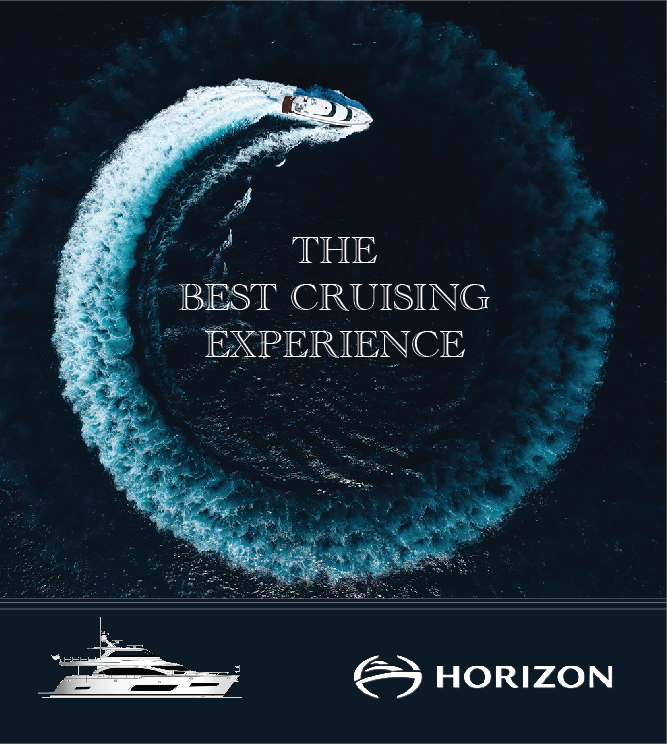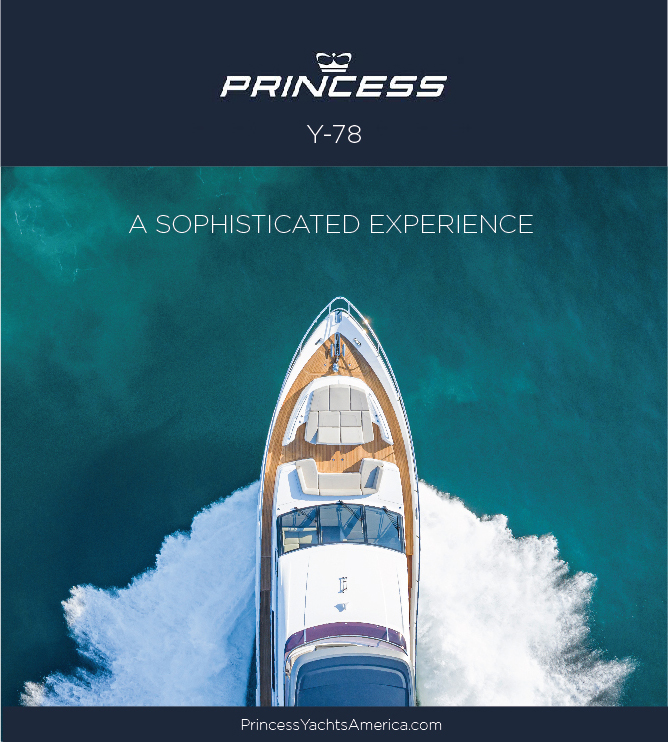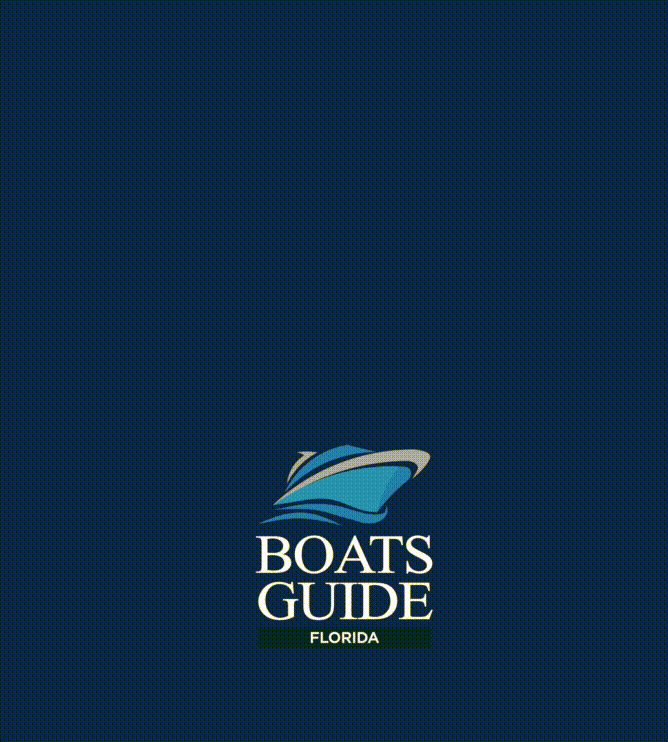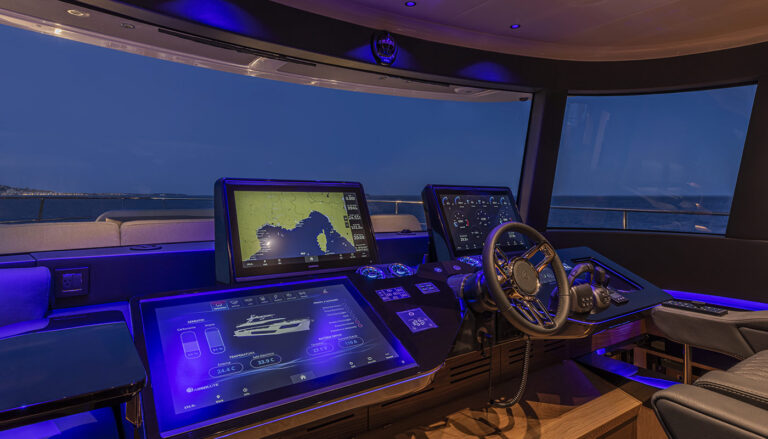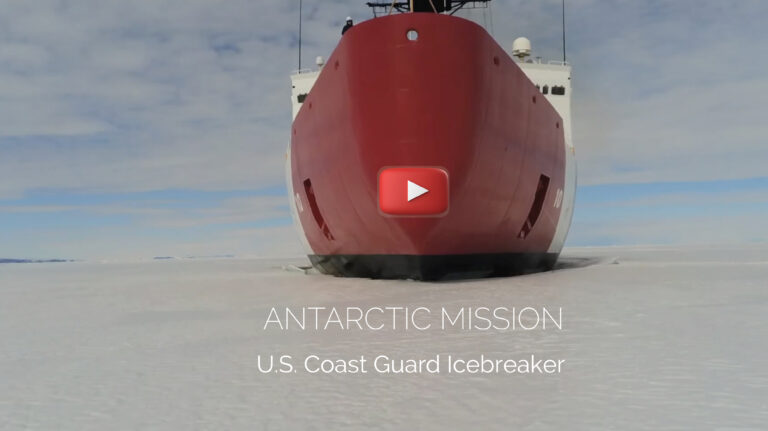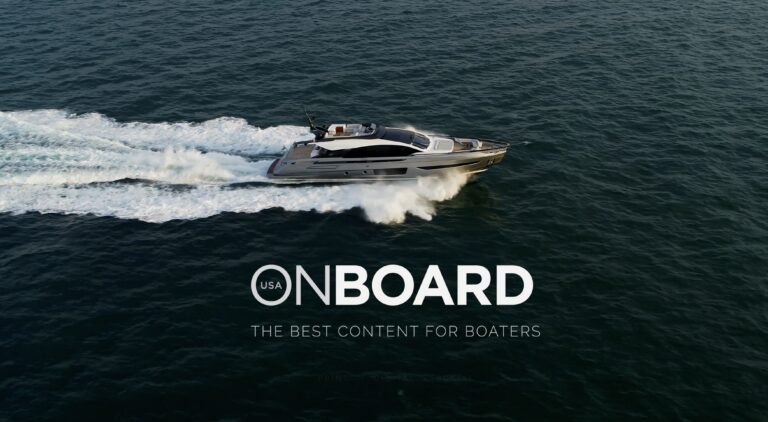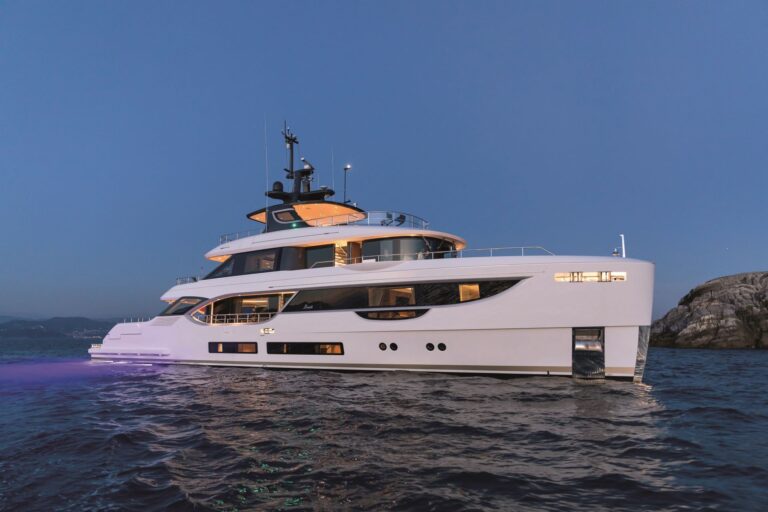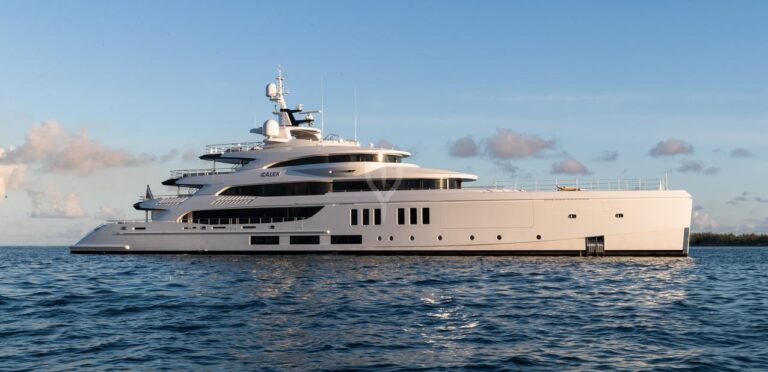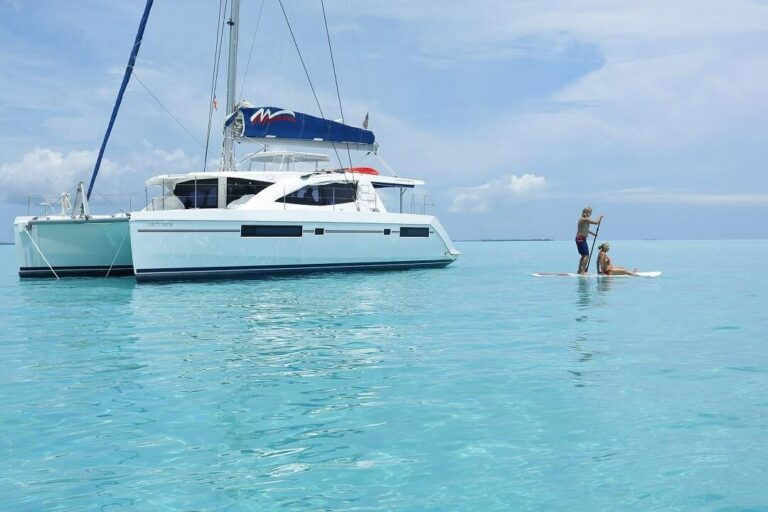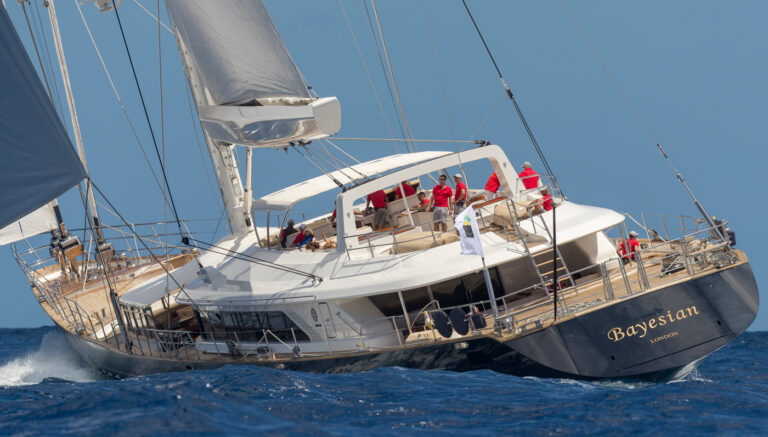With over 17 million recreational vessels in the United States, it’s no wonder that waterways are a popular destination. But before heading out with friends and family, remember the importance of having all the necessary safety equipment. One of the most important is the life jacket. But which one is right for me? Below, you can learn the differences between the various types of life jackets to choose the right one.
Life jackets save lives. The proof is in the numbers. It’s the equivalent of a car’s seatbelt. According to statistics from the U.S. Coast Guard, 84 percent of people who died in boating accidents were not wearing life jackets.
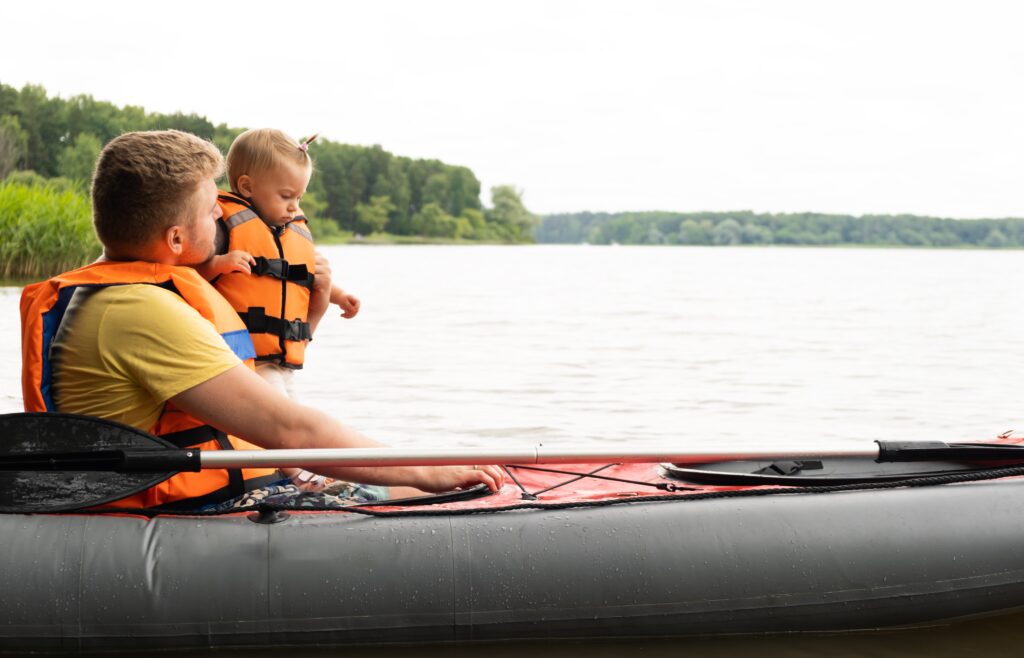
Life jackets keep you warm. When you fall into the water or float for a long time, it’s not just about being able to float but also about keeping warm in cold water. The right life jackets snugly wrap around the body, keeping the body temperature where it should be until help arrives.
Type I, Off-Shore Life Jacket
 It provides the greatest buoyancy. It is effective for all waters, especially open, turbulent, or remote waters, where rescue may be delayed. It is designed to turn an unconscious person face up in the water to maintain their breathing ability.
It provides the greatest buoyancy. It is effective for all waters, especially open, turbulent, or remote waters, where rescue may be delayed. It is designed to turn an unconscious person face up in the water to maintain their breathing ability.
A Type II, Near-Shore Buoyancy Vest
 It is designed for calm inland waters or where there is a good chance of rapid rescue. This type of life jacket is for general boating activities. Type II jackets can turn an unconscious person face up in the water, but the rotation is not as fast and effective as Type I.
It is designed for calm inland waters or where there is a good chance of rapid rescue. This type of life jacket is for general boating activities. Type II jackets can turn an unconscious person face up in the water, but the rotation is not as fast and effective as Type I.
Type III Flotation Aid
 It is efficient for users in calm, inland waters or anywhere there is a good chance of rapid rescue. The user must tilt their head back to stay face up. The Type III foam life jacket has the same minimum buoyancy as Type II. Type III flotation aids are designed for activities such as water skiing, fishing, canoeing, and kayaking.
It is efficient for users in calm, inland waters or anywhere there is a good chance of rapid rescue. The user must tilt their head back to stay face up. The Type III foam life jacket has the same minimum buoyancy as Type II. Type III flotation aids are designed for activities such as water skiing, fishing, canoeing, and kayaking.
Type IV Throwable Device
 This device is designed for use anywhere. It is intended to be thrown to a person in the water and serves for the user to hold onto to stay afloat until rescued. Type IV devices include throwable cushions, ring buoys, and horseshoe buoys. The Coast Guard approves no Type IV inflatable devices.
This device is designed for use anywhere. It is intended to be thrown to a person in the water and serves for the user to hold onto to stay afloat until rescued. Type IV devices include throwable cushions, ring buoys, and horseshoe buoys. The Coast Guard approves no Type IV inflatable devices.
Type V Special Use Device
 It is designed for specific activities and can be used instead of another life jacket only if used according to its approved conditions, as shown on its label. A Type V can provide the performance of a Type I, II, or III interchangeably (as indicated on its label). Some Type V devices provide significant hypothermia protection. Special use devices include hybrid inflatable personal flotation devices, canoe/kayak vests, onboard sailing vests, deck suits, work vests for commercial vessels, commercial vests for whitewater, man-overboard rescue devices, and flotation devices for law enforcement.
It is designed for specific activities and can be used instead of another life jacket only if used according to its approved conditions, as shown on its label. A Type V can provide the performance of a Type I, II, or III interchangeably (as indicated on its label). Some Type V devices provide significant hypothermia protection. Special use devices include hybrid inflatable personal flotation devices, canoe/kayak vests, onboard sailing vests, deck suits, work vests for commercial vessels, commercial vests for whitewater, man-overboard rescue devices, and flotation devices for law enforcement.
A Type V Special Use Device with a safety harness is approved solely as a Type V special use device because its use to prevent falls overboard presents several risks. The U.S. Coast Guard has not assessed the potential for injuries when abruptly stopping a fall, and in the event of capsizing or sinking, the boat may knock the user overboard and cause death. Please do not attach the harness to the boat unless you are using it with a leash less than 6.5 feet long with quick-release hardware under load. Read the safety harness section of the owner’s manual for intended use.

